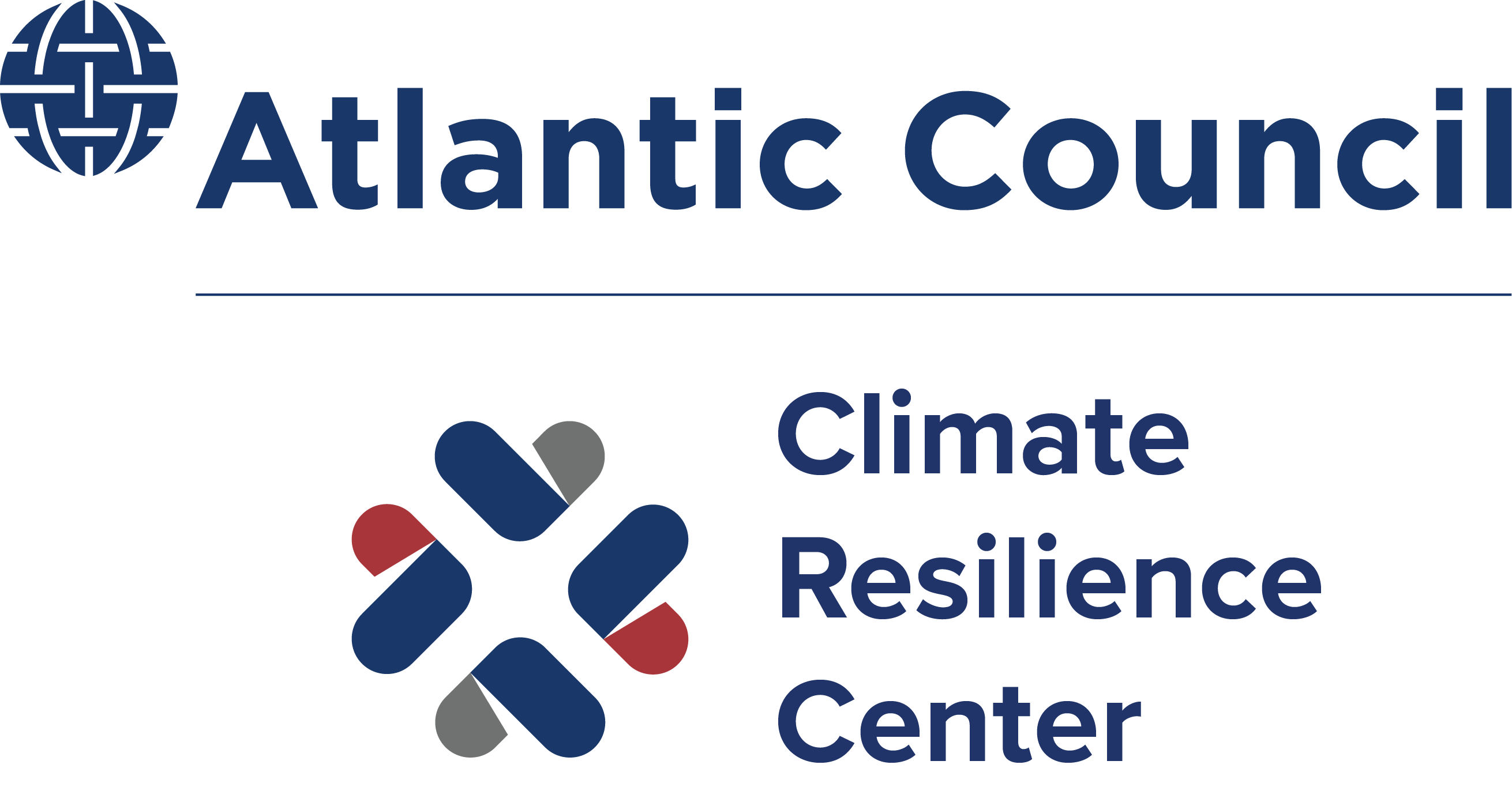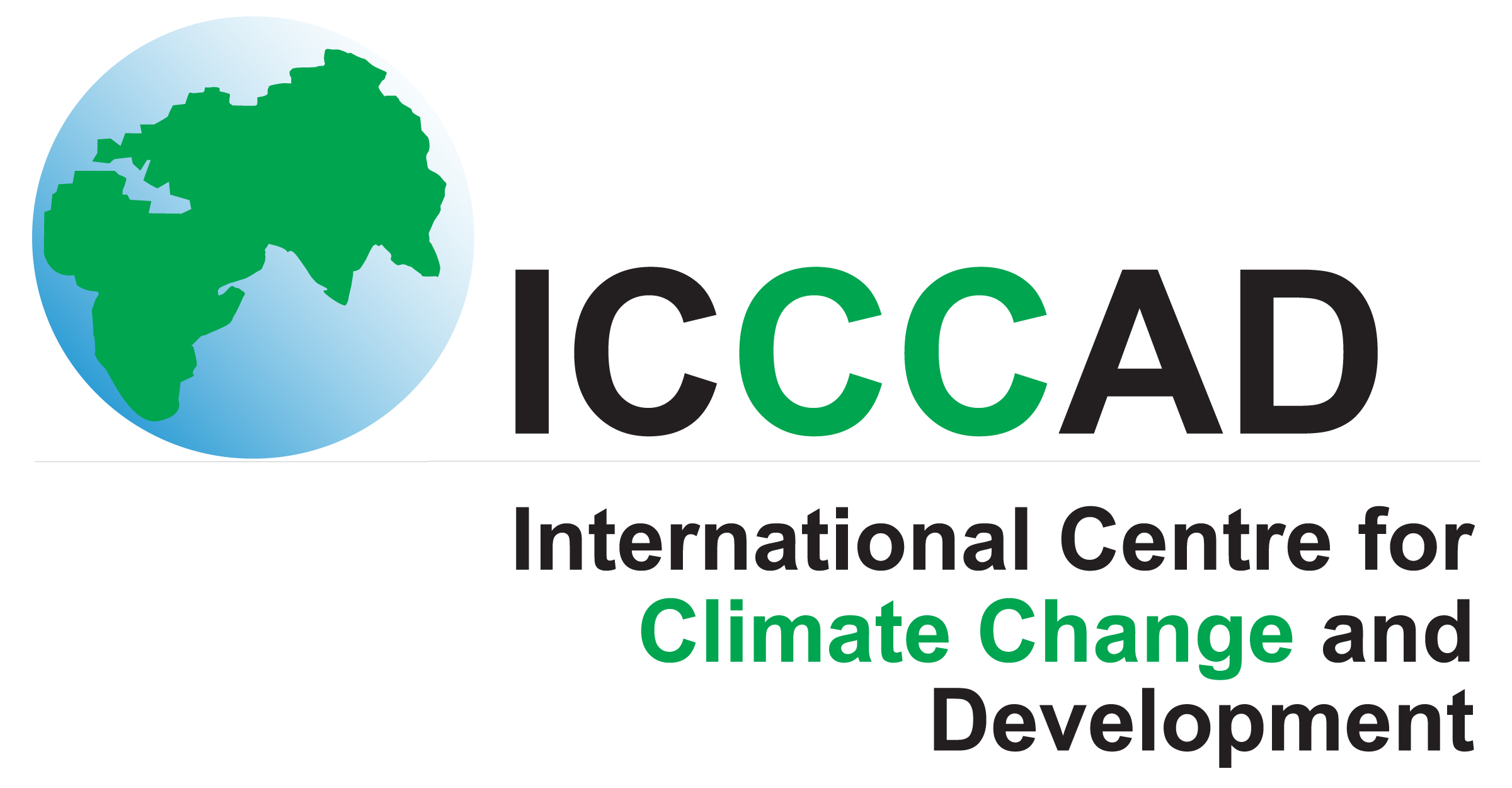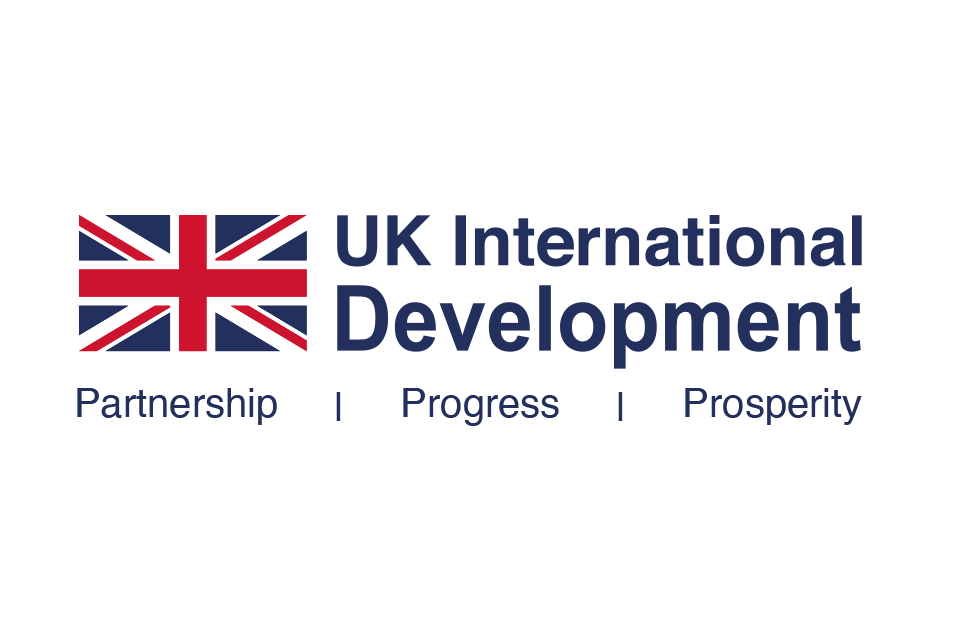Hub Partners & Sponsors
The Resilience Hub is led by a diverse set of partners from different regions and sectors. Together they guide decisions and programming to ensure the Hub reflects the priorities and knowledge of communities most vulnerable to climate change, and addresses barriers to scaling up action on resilience.

The Race to Resilience
The Resilience Hub acts as the home to the Race to Resilience, the UN-backed campaign to mobilise greater ambition and action from state and non-state actors to build the resilience of 4 billion people from climate-vulnerable communities by 2030.
The Resilience Hub Managing Partners collaborate with the Race to Resilience campaign on the implementation of the Resilience Hub at COP, and create an active connection to the incoming and present COP Presidencies.
Managing Partners
The Managing Partners provide strategic oversight of the Hub to ensure it is meeting its overall purpose and objectives in coordination with other processes around COP. They coordinate with a wide network of partners, organisations and sponsors who help to bring the Hub to life each year. The Hub Steering Committee – a smaller subset of the Managing Partners group – helps to ensure that the Hub complements and adds to the ambition of the COP Presidencies and the overall aim to elevate action and finance for adaptation and resilience on par with mitigation measures.
Resilience Rising, which concluded its operations in 2024, was a Managing Partner and active member of the Resilience Hub from 2021-2024.














